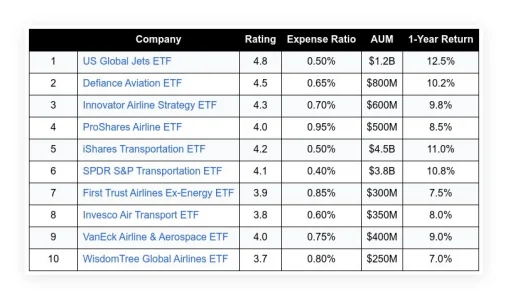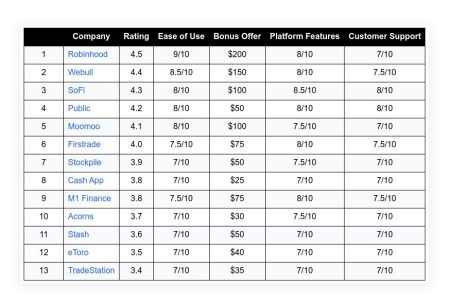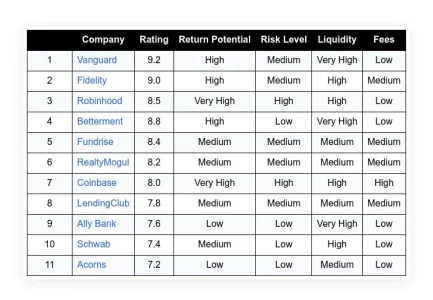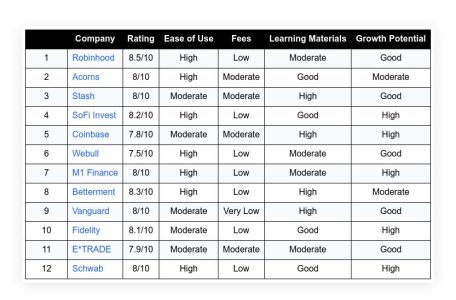Investing has long been a financial strategy individuals and businesses employ to grow their wealth. The traditional approach to investing typically involves a mix of stocks and bonds, with each proportion varying based on the investor’s risk tolerance. However, a new approach has emerged over the past three decades that has consistently delivered higher returns with less risk. This approach involves the inclusion of alternative investments in the portfolio.
View this post on Instagram
A post shared by Taylor Sohns – CFP®, CIMA®, MBA – Finance (@lifegoalinvestments)
Table of Contents
ToggleUnderstanding traditional investment portfolios
Most individual investors and financial advisors build portfolios by combining stocks and bonds. The investor’s risk tolerance often determines the proportion of stocks to bonds in a portfolio. Aggressive investors, willing to take on more risk for the potential of higher returns, might have a portfolio consisting of 80% stocks and 20% bonds. Conversely, moderate investors, who prefer a balance between risk and return, might opt for a 60-40 split between stocks and bonds.
The impact of alternative investments
Despite the popularity of the traditional approach to investing, there is evidence to suggest that the inclusion of alternative investments could increase the returns with less risk in every portfolio.
For instance, an 80-20 portfolio that includes alternative investments can see a modest return improvement with a significant 26% reduction in risk. A 60-40 portfolio can perform half a percent better each year with an 18% lower risk. Even a conservative portfolio can see a 1% per year return improvement with a 6% lower risk.
The power of alternatives in investment
At LifeGoal, the use of alternatives is standard practice with every client. These alternatives are not limited to the traditional options of stocks and bonds. They include farmland, real estate, critical infrastructure like data storage facilities, and timber forests.
Currently, the preference is towards the debt side of real estate. This is because it offers a more stable and predictable income stream than equity real estate, which can be more volatile.
These alternative investments are available in publicly traded funds, making them accessible to many investors. They are not part of some obscure, complex partnership or black box strategy. They are transparent and straightforward and have proven to enhance returns and reduce risk.
The importance of utilizing alternatives
If you or your financial advisor are not utilizing alternatives, you are likely experiencing lower returns with higher risk, at least historically. Traditional investments like stocks and bonds are subject to market volatility. When the market goes down, so does the value of your investments.
On the other hand, alternative investments like real estate and farmland are not as directly tied to the stock market. They can provide a steady stream of income regardless of what the stock market does, which can help stabilize your portfolio and reduce risk.
Conclusion
In conclusion, the inclusion of alternative investments in a portfolio has been shown to enhance returns and reduce risk over the past thirty-plus years. Whether you are an aggressive, moderate, or conservative investor, you can benefit from this.
At LifeGoal, we are committed to helping our clients achieve their financial goals through alternative investments. We invite you to contact us if you would like to learn more about how we utilize alternatives in our client portfolios. We would be happy to discuss your investment strategy and how alternatives can help you achieve higher returns with less risk.
Frequently Asked Questions
Q. What is the traditional approach to investing?
The traditional approach to investing typically involves a mix of stocks and bonds, with each proportion varying based on the investor’s risk tolerance. The investor’s risk tolerance often determines the proportion of stocks to bonds in a portfolio.
Q. What are alternative investments?
Alternative investments include assets other than stocks and bonds. They can include farmland, real estate, critical infrastructure like data storage facilities, and timber forests. These alternative investments are available in publicly traded funds, making them accessible to a wide range of investors.
Q. How can alternative investments impact a portfolio?
Alternative investments can enhance returns and reduce risk in a portfolio. For instance, an 80-20 portfolio that includes alternative investments can see a modest return improvement with a significant 26% reduction in risk. A 60-40 portfolio can perform half a percent better each year with an 18% lower risk. Even a conservative portfolio can see a 1% per year improvement on returns with a 6% lower risk.
Q. Why is it essential to utilize alternative investments?
Utilizing alternative investments can help to stabilize your portfolio and reduce risk. Traditional investments like stocks and bonds are subject to market volatility. When the market goes down, so does the value of your investments. On the other hand, alternative investments like real estate and farmland are not as directly tied to the stock market. They can provide a steady stream of income regardless of what the stock market is doing.
Q. How does LifeGoal utilize alternative investments?
At LifeGoal, the use of alternatives is standard practice with every client. These alternatives are not limited to the traditional options of stocks and bonds. They are transparent and straightforward and have proven effective in enhancing returns and reducing risk.

















